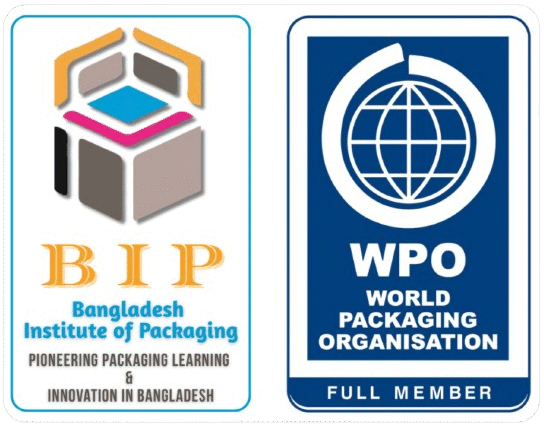Course Title: Fundamentals of Flexible Packaging
Course Duration: 2 Days / 6 hours per day
Course Format:
Combination of lectures with power point presentation, questionnaire sessions, case studies.
Course Objectives:
- Understand the basics of flexible packaging including materials, types, properties and functions.
- Learn about the overview of manufacturing processes in flexible packaging.
- Explore the various applications of flexible packaging across industries such as foods, Agriculture, and consumer goods.
- Gain insights into quality control, sustainability, and recent trends in the industry.
Target Audience:
- New employees in the packaging industry.
- Foods, agro-, and consumer-based industry professionals.
- Planning, sales-marketing, and supply chain professionals of the packaging industry.
- Raw Materials Supplying professionals in the packaging industry.
- Individuals seeking a foundational understanding of flexible packaging.
Day 1
1. Flexible Packaging:
- Flexible packaging, purposes and types.
- Key advantages: versatility, lightweight, cost-effectiveness, and sustainability.
2. Raw Materials Concept:
- Key raw materials: Films, Ink, Chemicals, Adhesive, Plastic granules.
- Properties of each material and their roles in different packaging formats.
- Common packaging formats: pouch, sleeve, and reel.
3. Overview of Production Processes:
- Different machineries and roles in packaging processing.
- Key processes used in flexible packaging manufacturing: blowing, printing, laminating, inspection, slitting, and pouch/bag making.
- Used terms in flexible packaging.
Day 2
1. Introduction to Raw Material Testing in Flexible Packaging:
- Testing and standards of raw materials.
- Impact of raw materials quality in packaging finished goods and user products.
2. Advanced Testing for Finished Goods in Flexible Packaging:
- Barrier properties testing like moisture (WVTR), oxygen transmission rate (OTR), light transmission (OD).
- Chemical resistance testing (migration, chemical content test like using GC) for compatibility with packaging contents.
- Mechanical properties testing like Tensile strength, elongation%, impact resistance, puncture resistance.
- Microbiological testing to identify microbial agents in foods contact surface of packaging
3. Recent Trends and Innovations in Flexible Packaging:
- Eco-friendly biodegradable, compostable and edible packaging.
- Intelligent and smart packaging.
- Trends in e-commerce packaging and consumer convenience.
4. Final Group Activity and Assessment:
- Participants design a flexible packaging solution for a given product, considering material choice, sustainability, and functionality.
- Presentation and feedback session.
Course Materials:
- Comprehensive course guide covering flexible packaging fundamentals.
- Material samples and property charts.
- Case studies on innovative packaging designs.
- Access to relevant industry reports and sustainability guides.
- Assessment and feedback forms.
Evaluation and Feedback:
- Daily quizzes and practical evaluations.
- Final group project and presentation.
- Participant feedback forms for continuous course improvement.
This course provides a strong foundation in the fundamentals of flexible packaging, offering participants a clear understanding of materials, processes, and applications, along with insights into quality control and sustainability trends.
